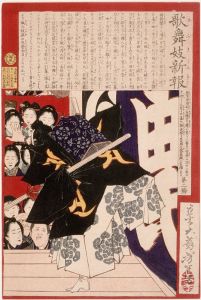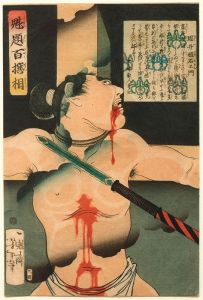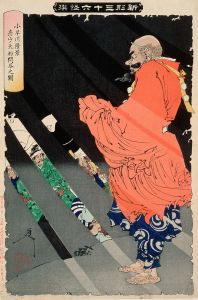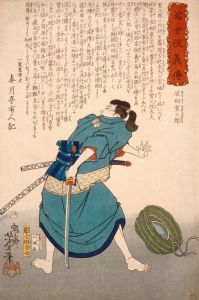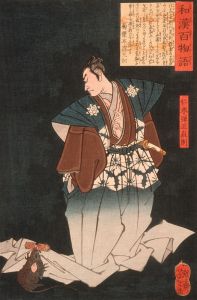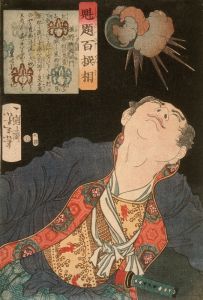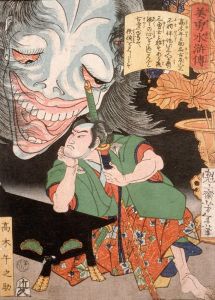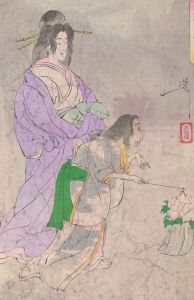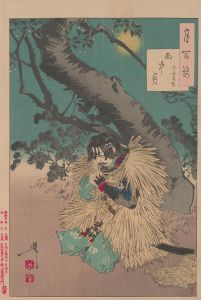
Crossing the Tenryū River at Mitsuke
A hand-painted replica of Tsukioka Yoshitoshi’s masterpiece Crossing the Tenryū River at Mitsuke, meticulously crafted by professional artists to capture the true essence of the original. Each piece is created with museum-quality canvas and rare mineral pigments, carefully painted by experienced artists with delicate brushstrokes and rich, layered colors to perfectly recreate the texture of the original artwork. Unlike machine-printed reproductions, this hand-painted version brings the painting to life, infused with the artist’s emotions and skill in every stroke. Whether for personal collection or home decoration, it instantly elevates the artistic atmosphere of any space.
"Crossing the Tenryū River at Mitsuke" is a woodblock print created by the renowned Japanese artist Tsukioka Yoshitoshi (1839–1892). Yoshitoshi is widely regarded as one of the last great masters of the ukiyo-e tradition, a genre of Japanese art that flourished from the 17th to the 19th centuries. His works are celebrated for their innovative compositions, dramatic use of color, and emotional depth, often blending traditional themes with modern influences.
This particular print is part of Yoshitoshi's acclaimed series "One Hundred Aspects of the Moon" (Tsuki hyakushi), which was published between 1885 and 1892. The series consists of 100 woodblock prints, each inspired by legends, historical events, literature, or folklore, with the unifying theme of the moon. "Crossing the Tenryū River at Mitsuke" is one of the entries in this series, showcasing Yoshitoshi's skill in capturing both the natural beauty of Japan and the human experience.
The print depicts a scene at the Tenryū River, a significant waterway in Japan that flows through the Shizuoka, Nagano, and Aichi prefectures. The river has historically been an important transportation route and a challenging obstacle for travelers during the Edo period (1603–1868). Mitsuke, a post station along the Tōkaidō road, was a key location where travelers would cross the river. The Tōkaidō was one of the five major routes of the Edo period, connecting Edo (modern-day Tokyo) with Kyoto. Crossing rivers like the Tenryū was often a perilous task, as bridges were not always available, and travelers had to rely on ferries or fording the water.
In Yoshitoshi's depiction, the composition emphasizes the vastness of the river and the effort required to cross it. The figures in the print are shown navigating the water, their movements and expressions conveying a sense of determination and resilience. The moon, a central motif in the series, is visible in the background, casting a serene light over the scene and adding a poetic quality to the image. This interplay between human activity and the natural world is a hallmark of Yoshitoshi's work.
"Crossing the Tenryū River at Mitsuke" exemplifies Yoshitoshi's ability to blend realism with artistic expression, creating a work that is both visually striking and rich in narrative. The print not only captures a specific moment in time but also reflects broader themes of travel, perseverance, and the relationship between humanity and nature. It remains a testament to Yoshitoshi's mastery of the ukiyo-e tradition and his enduring influence on Japanese art.







